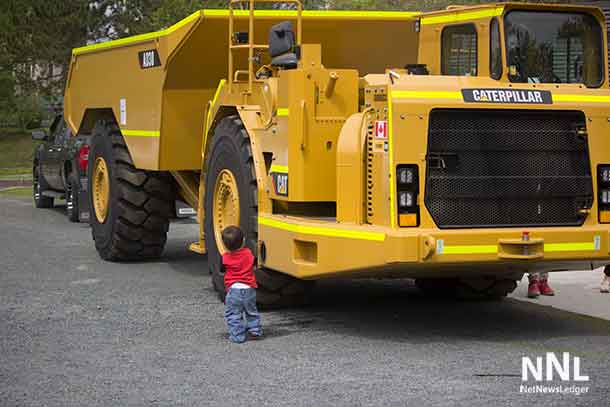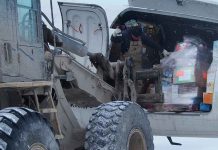Cat Lake First Nation (CLFN) has filed for an injunction in the Divisional Court of Ontario seeking to stop First Mining Gold (FMG) from constructing a new access road using Permits issued by the Ontario Ministry of Natural Resources & Forestry (OMNRF). This is against the wishes of CLFN on whose ]territory the new road is being built. The road construction is underway at a fast pace and Ontario and FMG have refused to stop construction.
The permits allow FMG to construct an 18 km road through Cat Lake’s traditional territory (440 Km NW of Thunder Bay). The successful injunction would halt FMG’s construction until the resolution of Cat Lake’s application for judicial review.
Cat Lake First Nation Chief Russell Wesley stated, “Ontario’s actions here fall far below their constitutional duty to consult and accommodate Cat Lake’s rights.” He went on to say, “Ontario’s decision and actions was made in defiance of a well-documented Moratorium on mining in the Cat Lake Territory and numerous public statements of opposition. Recently, I predicted in media interviews that the OMNRF would issue the permits despite Cat Lake First Nation’s concerns. This has happened, the OMNRF has forced Cat Lake First Nation into the courts.”
Cat Lake First Nation filed documents with the Superior Court of Justice (Divisional Court) in Thunder Bay on Feb 21st, 2024. The injunction would prohibit FMG from taking any steps to construct its proposed road from the end of the Wenasaga Road to its Springpole Gold Project exploration site, pending the resolution of Cat Lake First Nation’s application for judicial review.
Cat Lake has always maintained that it is still considering the development of the Springpole Mine Project in its traditional territory. Before Cat Lake can consent to any development it has consistently sought to better understand the potential impacts of the project on its Aboriginal rights, including the impact on the ability of members to exercise their rights to hunt, fish, and trap in the area, as well as the impact on possible sacred sites, such as pictographs and burial grounds of Cat Lake members and their ancestors. The OMNRF permit approval has significantly destabilized this situation.
Chief Russell Wesley observed, “Once such a road is built—cutting down trees, harming local wildlife habitat used by moose caribou and wolverine, depleting fish stocks, damaging sacred Cat Lake cultural sites, and disturbing Cat Lake burial grounds—such actions, and their harms, cannot be undone. Only the requested orders can prevent such harms until the serious issues in the underlying application are heard on the merits.”
The Chief said, “I am deeply concerned over the obvious prioritization of miner safety and the economic interests of mining companies over the safety and well-being of the Cat Lake community members. The five-year permit granted by MNRF is for the entirely land-based road route in stark contrast to Cat Lake First Nation being accessible by a seasonal winter road with several water crossings, made more dangerous and less predictable by climate change.”
The OMNRF issuance of these permits signals a lack of regard for the community’s voice and raises doubts about the Ontario government’s awareness of free, prior, and informed consent.
Cat Lake never signed any treaty with the Crown relinquishing its Aboriginal title or relinquishing its Aboriginal title or Aboriginal rights. Cat Lake was not a signatory to Treaty 9 in 1905-1906.
“We demand equal treatment and consideration for the well-being of our people as we continue to work towards protecting our rights and land,” Chief Wesley concluded.







